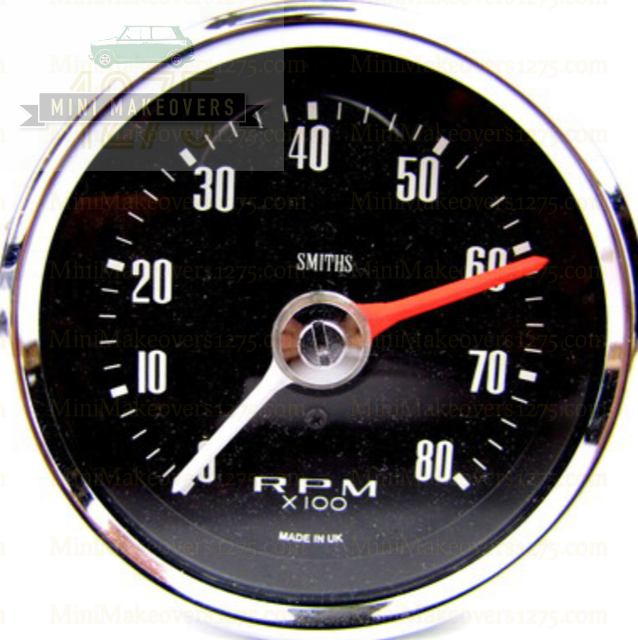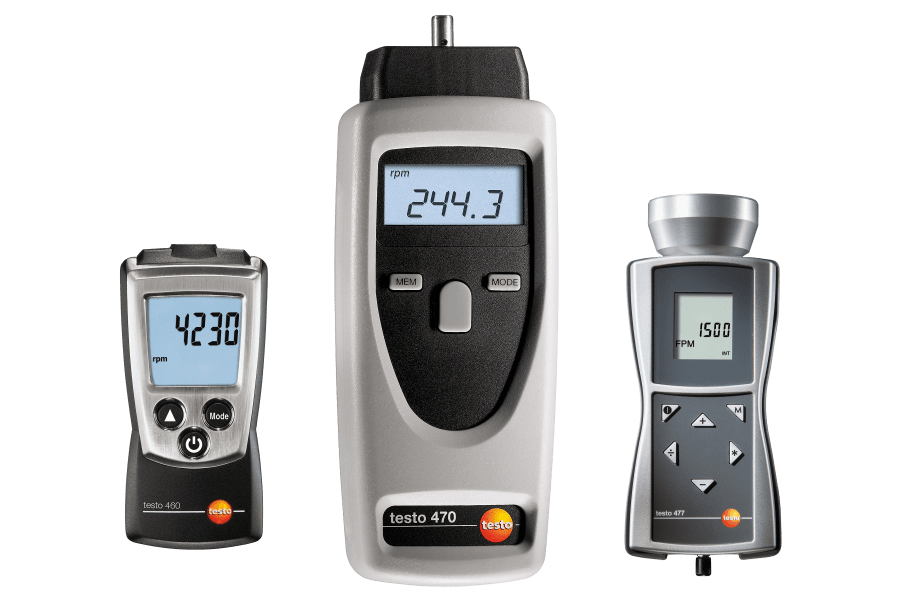Unlocking the Secrets of Tachometers: Every Little Thing You Required to Understand About This Crucial Instrument in Your Car
Understanding the intricacies of tachometers can provide beneficial understandings into your car's efficiency and upkeep demands. From measuring engine rate to decoding the information it provides, tachometers act as a critical device for car proprietors and fanatics alike. By deciphering the mysteries behind this essential tool, you can unlock a wealth of details that can improve your driving experience and ensure the long life of your automobile.
Significance of Tachometers
The value of tachometers hinges on their ability to give important real-time data concerning an engine's rotational speed, permitting precise surveillance and maintenance of equipment. By gauging the transformations per minute (RPM) of an engine's crankshaft, tachometers provide beneficial insights into the engine's efficiency - tachometer. This data is crucial for making sure that the engine operates within its ideal range, preventing potential damage from over-revving or underperforming
Tachometers play an essential role in aiding operators and service technicians detect any type of abnormalities in the engine's speed, which might show issues such as gas inadequacy, mechanical problems, or extreme pressure on the engine. By promptly determining these concerns through tachometer readings, upkeep can be executed proactively, preventing expensive fixings and downtime in the long run.
Additionally, tachometers are specifically crucial in high-performance cars and equipment, where specific control over engine rate is necessary for optimal operation. Racing cars and trucks, airplane, and commercial equipment rely on tachometers to provide peak performance while preserving safety and security standards. In essence, tachometers are not just instruments for measuring speed however crucial devices for ensuring the smooth and efficient operation of engines across various applications.
How Tachometers Step Engine Speed
Making use of sensors that spot the regularity of electric pulses produced by the engine's ignition system, tachometers accurately gauge the rotational speed of an engine. By monitoring the price at which these pulses are received, tachometers give real-time comments on how quickly the engine's crankshaft is turning per min, frequently referred to as changes per minute (RPM)
The tachometer's sensing unit, typically connected to the engine's ignition coil or trigger plug wires, see this website grabs the electrical signals generated each time a cylinder fires. These signals are after that exchanged RPM readings presented on the gauge or tool cluster within the vehicle driver's view. Tachometers can be analog or electronic, with modern automobiles commonly including electronic screens for specific and instant RPM analyses.
This information is critical for chauffeurs to recognize the engine's efficiency, avoid over-revving, maximize gear moving, and make certain efficient fuel intake. By properly measuring engine rate, tachometers play an essential role in assisting vehicle drivers operate their cars securely and successfully.
Interpreting Tachometer Readings
Having Get the facts a clear understanding of just how tachometers gauge engine rate sets the structure for properly translating the RPM readings displayed. Analyzing tachometer readings is essential for optimum car efficiency and engine health. When the engine is idling, the tachometer needle typically relaxes around 600-1000 RPM, depending on the car.


Tips for Utilizing Tachometers Effectively
To boost driving efficiency and maximize engine performance, what trick techniques can be applied for efficiently making use of tachometers? Tachometers are important devices that offer real-time responses on engine speed, making it possible for chauffeurs to make enlightened decisions for much better efficiency - tachometer. Here are some ideas for using tachometers successfully:
Understanding Ideal RPM Array: Familiarize yourself Learn More with the ideal RPM (Changes Per Minute) variety for your lorry. This range ranges various vehicles and is normally indicated in the owner's handbook. Maintaining the engine within this array can improve fuel effectiveness and lengthen the engine's life-span.
Shifting Gears at the Right Time: Utilize the tachometer to figure out the ideal time to change equipments. Upshifting prematurely or too late can result in decreased efficiency and performance. Objective to move gears when the RPM reaches the ideal variety for the next gear.
Checking Engine Stress And Anxiety: High RPMs for long term durations can stress the engine. Watch on the tachometer to stop over-revving, specifically throughout acceleration or when bring heavy tons.
Tachometers and Automobile Upkeep
When considering lorry maintenance, tachometers play a crucial function in monitoring engine efficiency and spotting possible issues. Tachometers give vital information on engine speed, permitting drivers and technicians to ensure that the engine is running within the recommended RPM array.
Along with discovering possible issues, tachometers can additionally aid in enhancing gas performance. By keeping the engine rate within the optimum range, motorists can boost their gas mileage and reduce fuel intake. This not just benefits the chauffeur's pocketbook but also adds to ecological preservation by lowering damaging exhausts.
Conclusion

Comments on “Tachometer Fundamentals: Every Little Thing You Required to Know for Accurate Readings”